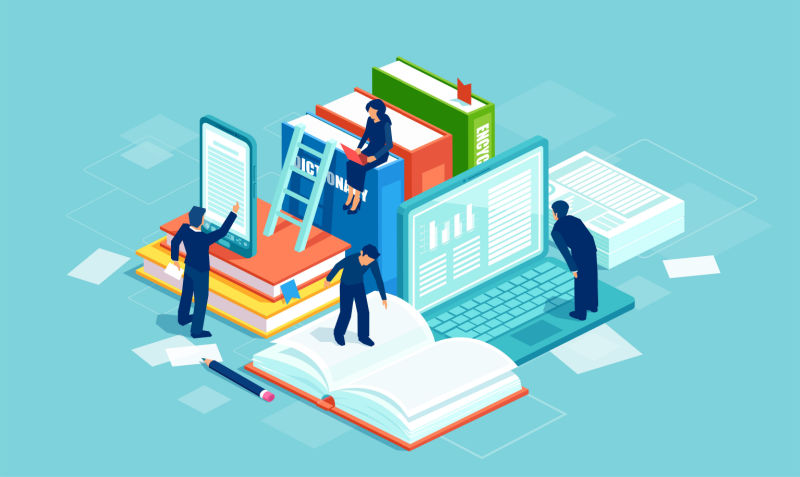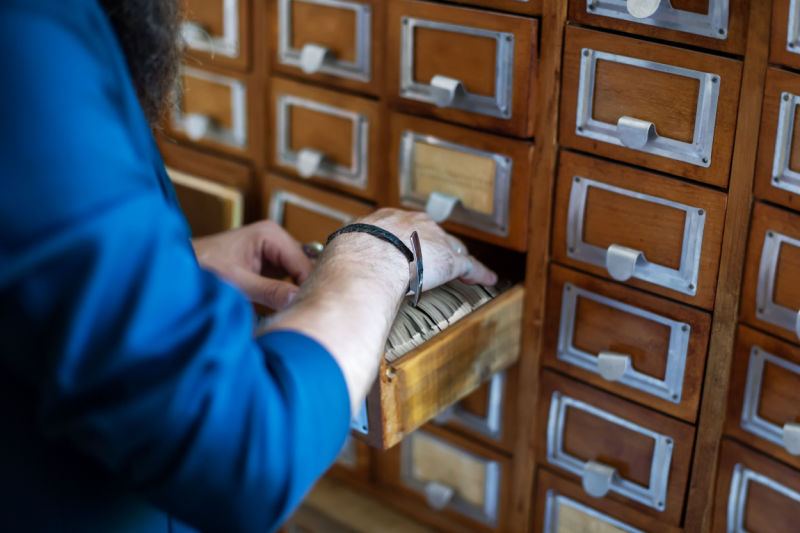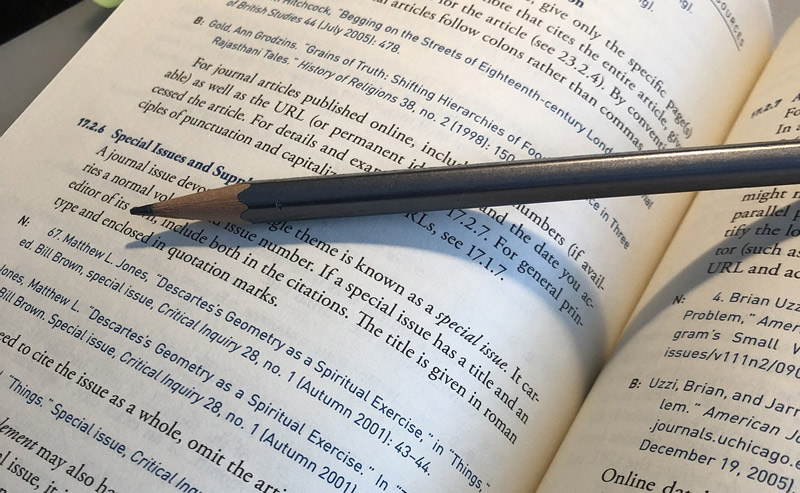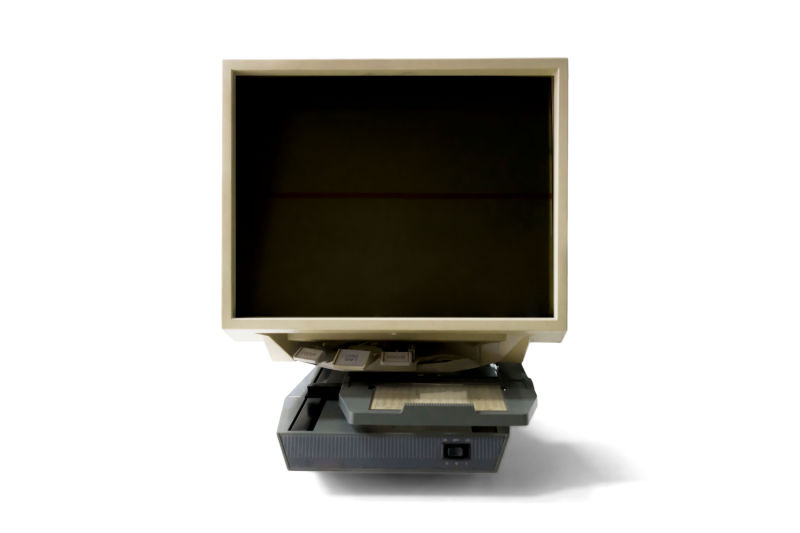Every field has its own language, and libraries and media centers are no different. Users and new employees are often confused by terms librarians take for granted. Many words can have different meanings, which adds to the confusion. For example, when a student hears the word “journal,” they might think of something quite different from what the research librarian helping them find sources for their paper means. And even experienced library patrons might not be able to explain the difference between microfilm and microfiche. But by learning some common library-related terms, you can feel more comfortable and confident when you’re at the library.

Archives: Libraries don’t just hold current books. Archives are records of an organization or place that have been saved because of their historical value as primary documents. College and university libraries also often serve as archives for those institutions.
Boolean Operators: Boolean operators are words that can help people to filter computer searches. Using the words “and,” “not,” or “or” tells the search tool to include or exclude certain things. For example, if you search for “tulips and Holland,” the computer knows that you want results that are about both tulips and Holland.
Call Number: On each piece of media or book found in a library, there’s usually a sticker with some combination of numbers and letters. These are call numbers and are part of the library’s organizational system. Different classification systems are used by different libraries, but almost all of them use call numbers to help keep physical media organized.
Circulation Desk: Patrons check out materials from the circulation desk.

Citation: Typically, a citation includes the author, title, journal name (if applicable), volume, issue number, page, and date of an article. This can help readers to find the resource that you used for your paper.
Classification System: There are three major library classification systems used to organize materials in a library. They are the Dewey Decimal Classification System, the Library of Congress Classification System, and the Superintendent of Documents Classification System. Some libraries use multiple systems. All systems work by dividing media center collections into groups and subgroups.
Dewey Decimal Classification System: Most public libraries in the United States use this system for books and other types of media. The call numbers for this system often look like 791.43092, which is the call number for a book about the history of movies.
Fair Use: Although most works are protected, there are ways to use someone else’s material without violating federal copyright law.

Footnotes: Many nonfiction works contain citations in footnotes at the bottom of each page.
Holdings: All of the material held by a media center or library to be used by patrons is known as their holdings or their collection.
Interlibrary Loan: Patrons can request that their local library borrow materials from another library through an interlibrary loan.
International Standard Book Number (ISBN): Most modern books have a bar code on them, and that bar code has a unique 13-digit on it, the book’s ISBN. An ISBN is assigned not only to every book published but also to each version or edition of a book.

International Standard Serial Number (ISSN): Serials, like journals or magazines, are assigned an eight-digit number known as an ISSN. These numbers are particularly helpful when the same name is used by multiple serials.
Journal: Universities and professional societies publish periodicals called journals, which usually contain academic or highly technical studies, research findings, and articles. Libraries often have subscriptions to databases with digital copies of academic journals, which is helpful to students and researchers.
Keywords: Keywords are the most important words in a title, subject, or summary of a work.
Library of Congress Classification: About three-quarters of all academic libraries in the United States use this system to organize their collections. Some libraries use this classification system only to organize their media collections.

Microfiche: Small rectangles of plastic that contain miniaturized information that can be read using a microfiche reader
Microfilm: Much like microfiche, microfilm contains information that’s been shrunk down and needs to be read using a special machine, but microfilm comes on reels of plastic film.
Online Catalog: The database where all of a library’s holdings, both print and digital, are recorded so that patrons and librarians can easily search the collection.
Additional Resources
- Library Terminology: Glossary of Library Terms
- Glossary of Library Terms: Figuring Out Our Jargon
- Glossary of Library Terms
- What Are Archives, and How Do They Differ From Libraries?
- What Is a Boolean Operator?
- Understanding Call Numbers
- What a Circulation Desk Does
- What Is Citation?
- Library Classification Systems
- Dewey Decimal System
- U.S. Copyright Office Fair Use Index

